Culinary herbs have become essential ingredients for all kinds of cuisine – contributing to the increased popularity of herb gardens. Commonly used herbs are easy to grow in raised beds, mixed borders, or in containers, and, if left to flower, herbs can attract beneficial pollinators into your garden. Are you planning your own herb garden? Check out our guide to culinary herbs to help you get started:
All herbs will fall into three categories
Perennial
These herbs thrive across multiple seasons and, once established, will flower annually.
Annual
Annual herbs go through their life cycle within a single growing season. They continue to bloom until the first frost, so you still have consistent colour and fragrance.
Biennial
Biennial herbs take two years to go through their entire life cycle. In the first year they grow leaves, and in the second year they bloom before eventually dying off.
Top Tips
Planting multiple specimens of a single herb type serves a dual purpose: enabling harvest for culinary use and allowing some to bloom to attract pollinators to your garden.
To maintain productivity in your herb garden, select cultivars with various maturing times.
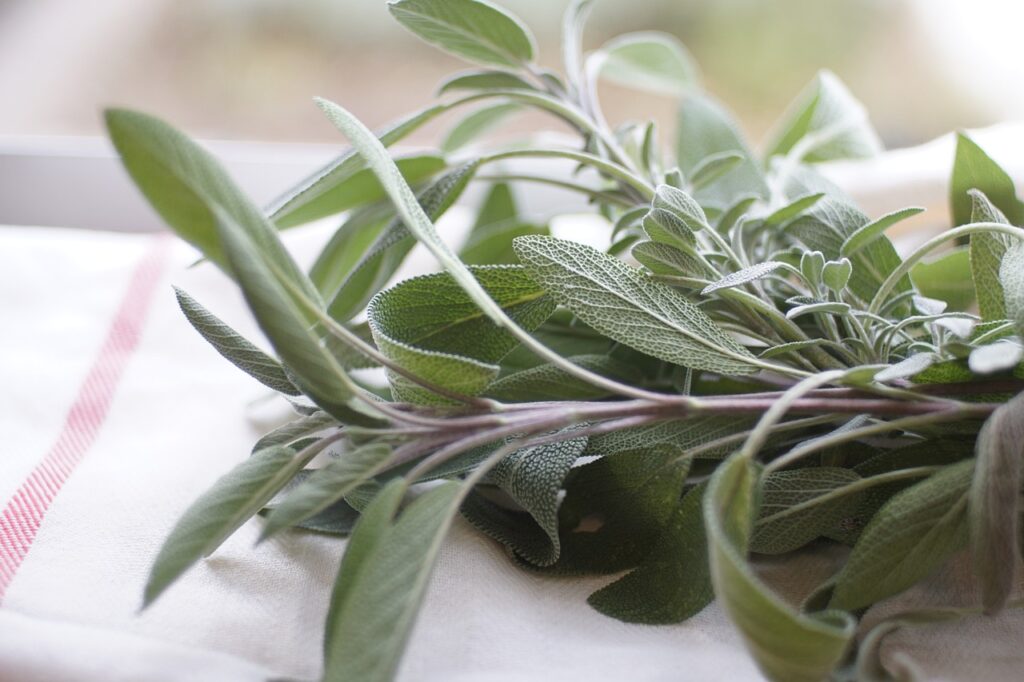
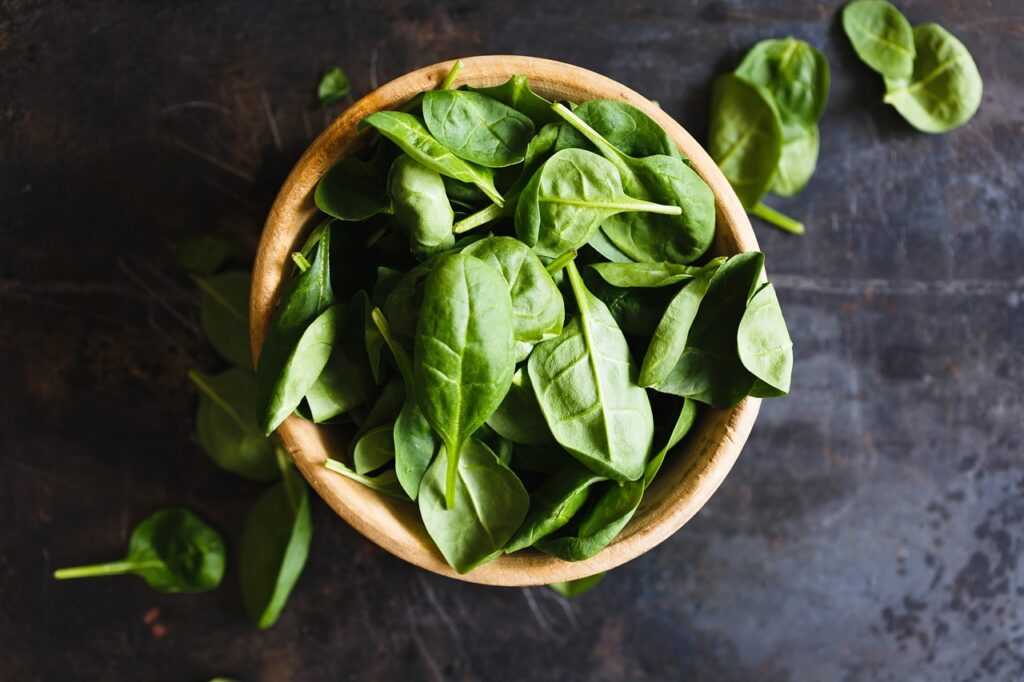
Perennial Herbs
Annual Herbs
Biennial Herbs
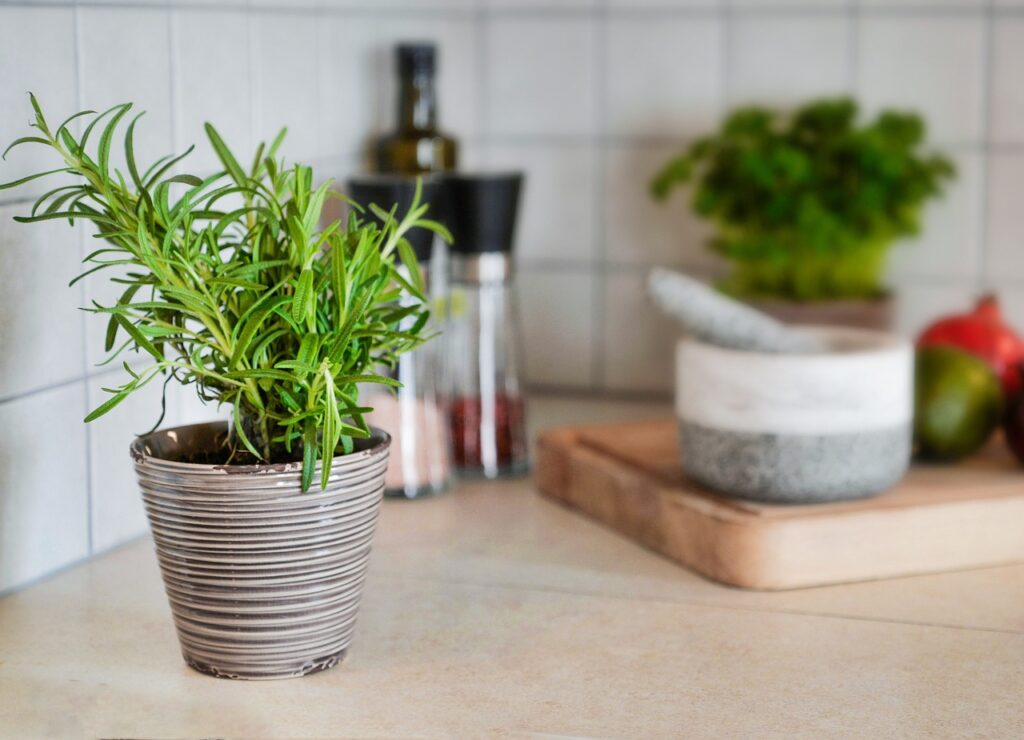
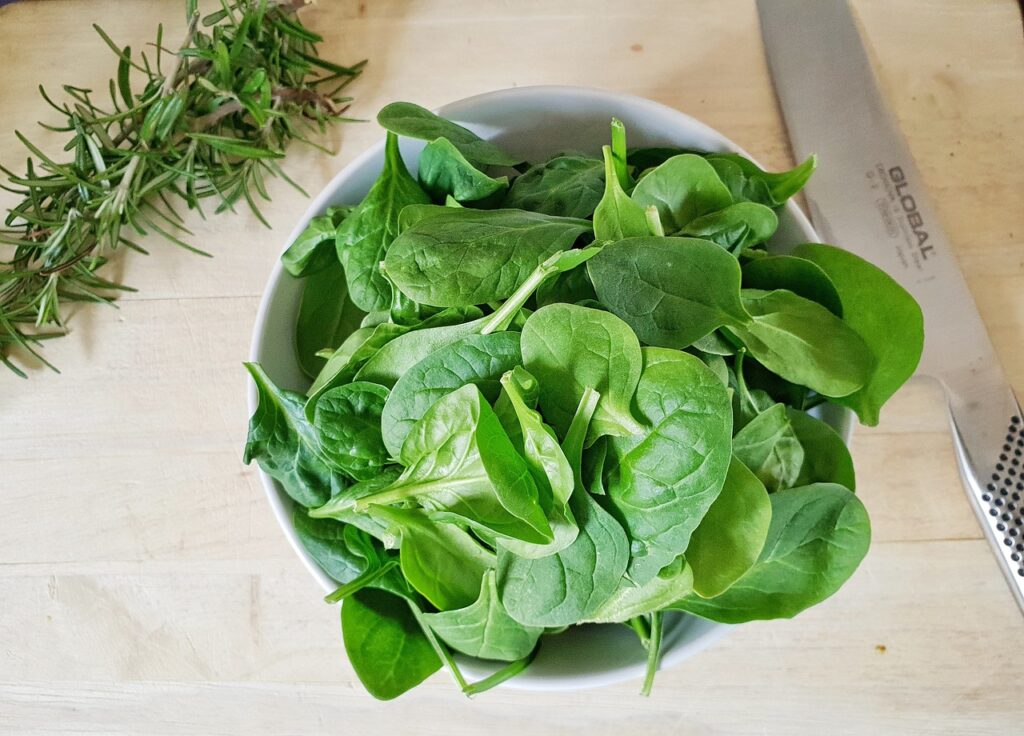
Growing Herbs In The Kitchen
Growing herbs indoors is not only convenient but also brings a delightful fragrance that will waft through your home, sparking creativity in the kitchen to whip up amazing dishes.
Some of the best herbs to grow indoors are:
- Basil
- Rosemary
- Thyme
When To Grow
The optimal time to start your indoor herb garden (from seed) is April to early May when the risk of frost is minimal. Herbs can be grown indoors year-round – ideal for those who like to use fresh ingredients.
Where to grow
You’ll need a windowsill that receives a steady supply of sunlight and is also accessible for watering. Feed your indoor herbs every fortnight with a half-strength feed.
In the winter when light levels are low, place some fluorescent lights above your herbs. It’s also best to move them away from windows and cover them with a fleece.
Growing Herbs In The Garden
When To Grow
Perennial herbs cultivated from seed/cuttings should be planted out in late spring to early summer once the risk of frost has passed.
Annual and biennial herbs can be planted outdoors from March to August.
Where To Grow
It is often advised to place your herbs near your kitchen so they are readily available when cooking. It’s important to bear in mind that most herbs need a sunny and sheltered spot. However, some herbs will happily grow in shade, so here is a guide to culinary herbs favoured growing conditions:
Perennial Herbs
Plenty of sunshine and well-drained soil
Annual & Biennial Herbs
Also like plenty of sun but prefer rich, moist soil
Can Grow In Shade
Some herbs that can tolerate a bit more shade include: chervil, dill, parsley
How To grow
- Prepare a hole twice the size of your pot. Into the base of the hole place a mix of Multi-purpose Compost and grit to aid drainage.
- Soak the plants before planting. Place the plant into the hole, ensure the soil levels are the same and back fill with compost.
- After planting, water in well. During the year feed with a liquid fertiliser such as Miracle Gro.
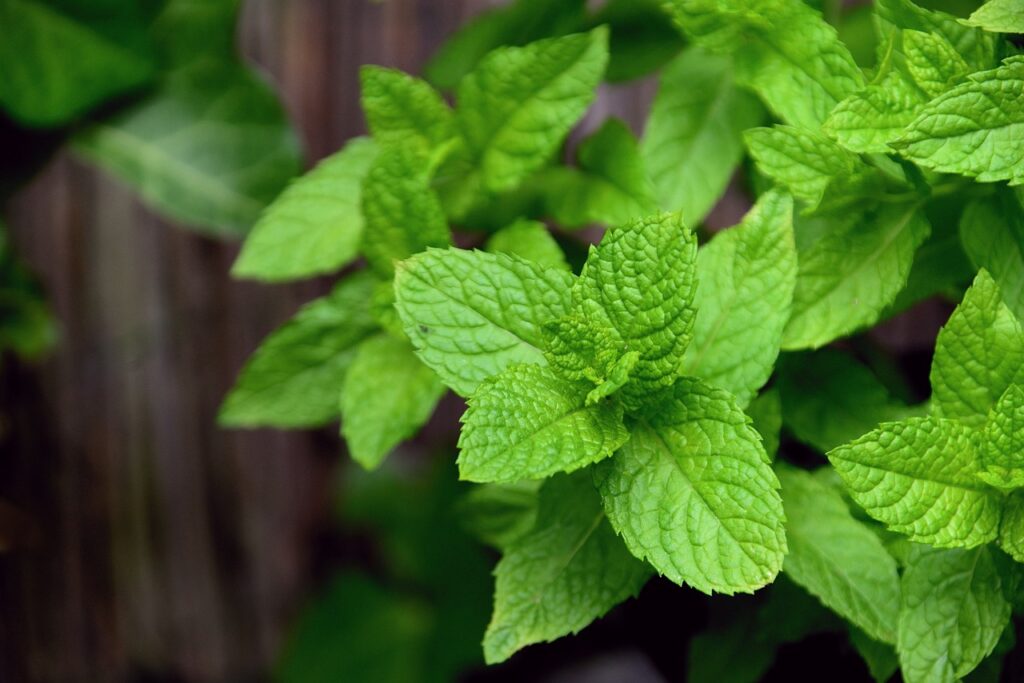
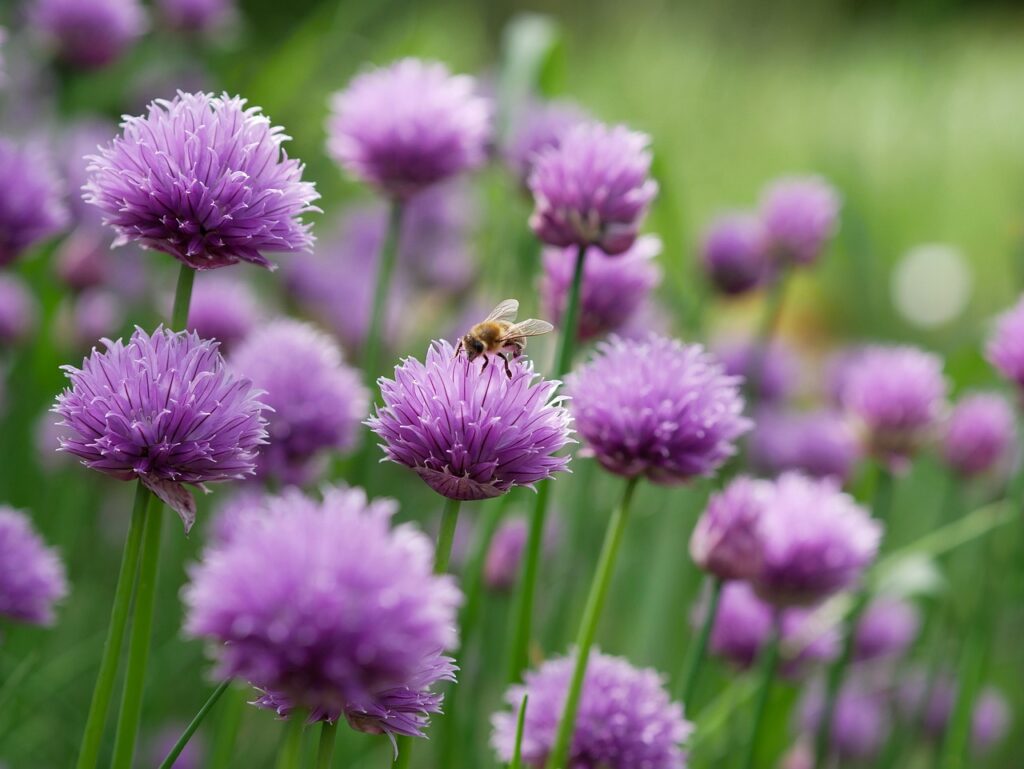
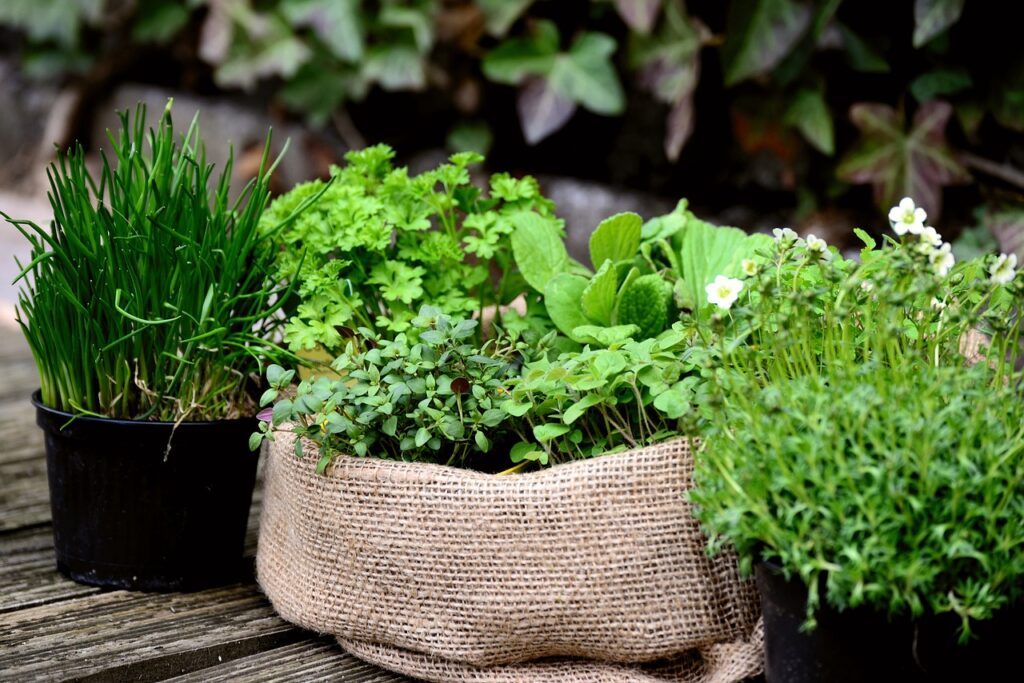
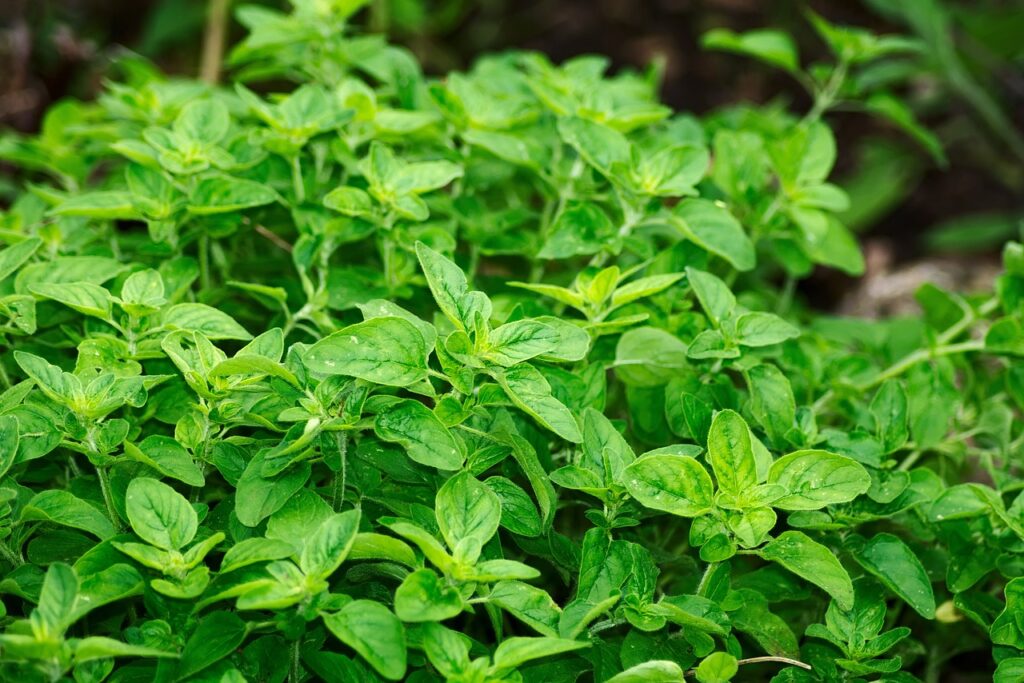
Harvesting
The best time to harvest is in the morning after the dew has evaporated.
The youngest leaves are the most tender & sweet, and by harvesting these regularly you will encourage the plant to bush out. Leaves are at their best before the plant flowers.
Annual plants may be cut down to 8cm, as they will grow again.
Perennials should not have more than 1/3 removed at any one time.
Feeding
Plants that are regularly harvested will require feeding every two weeks with Miracle Gro Fertiliser in spring & summer.
This can be reduced as the growth rate slows. No feeding should be done during the winter.
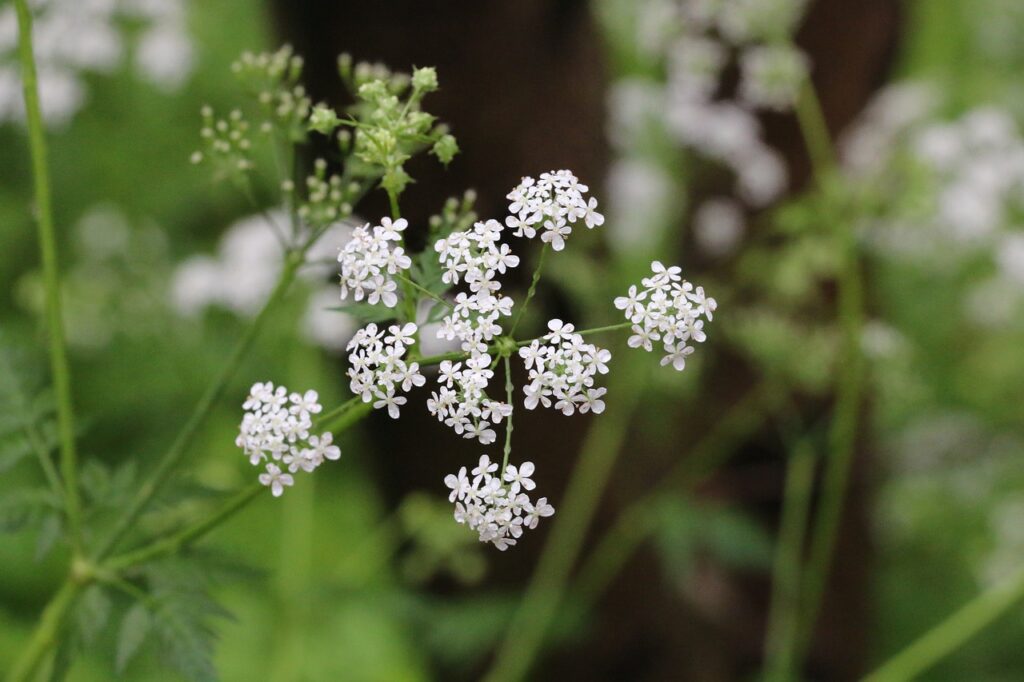
Preserving your Herbs
Drying is best for these herbs:
- Basil
- Dill
- Fennel
- Mint
- Oregano
- Parsley
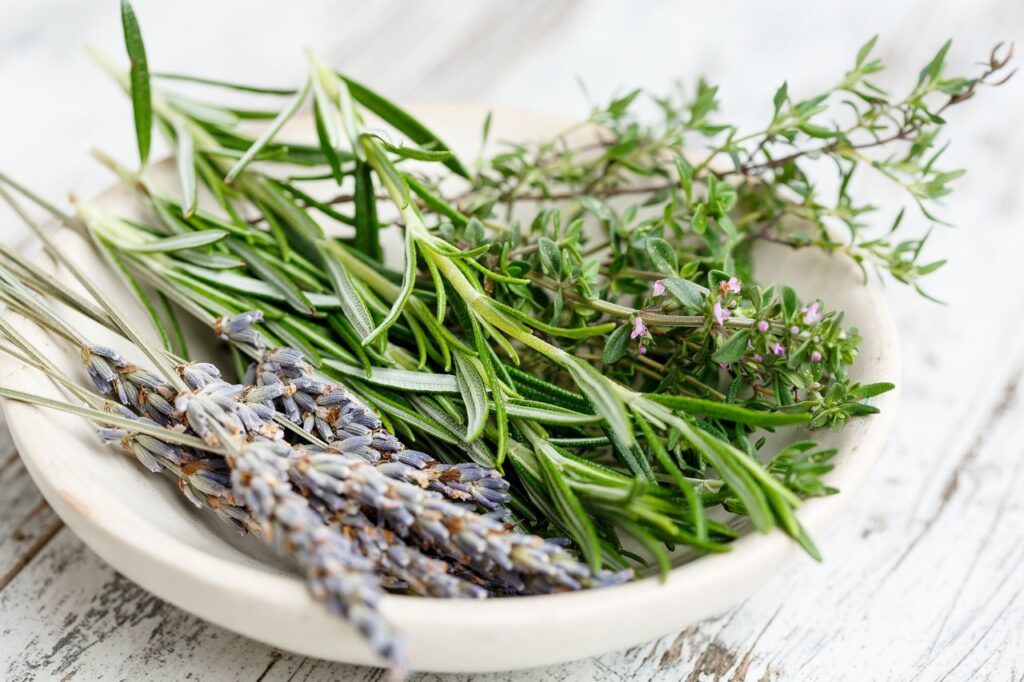
Freezing works best for these herbs:
- Basil
- Chervil
- Chives
- Coriander
- Dill
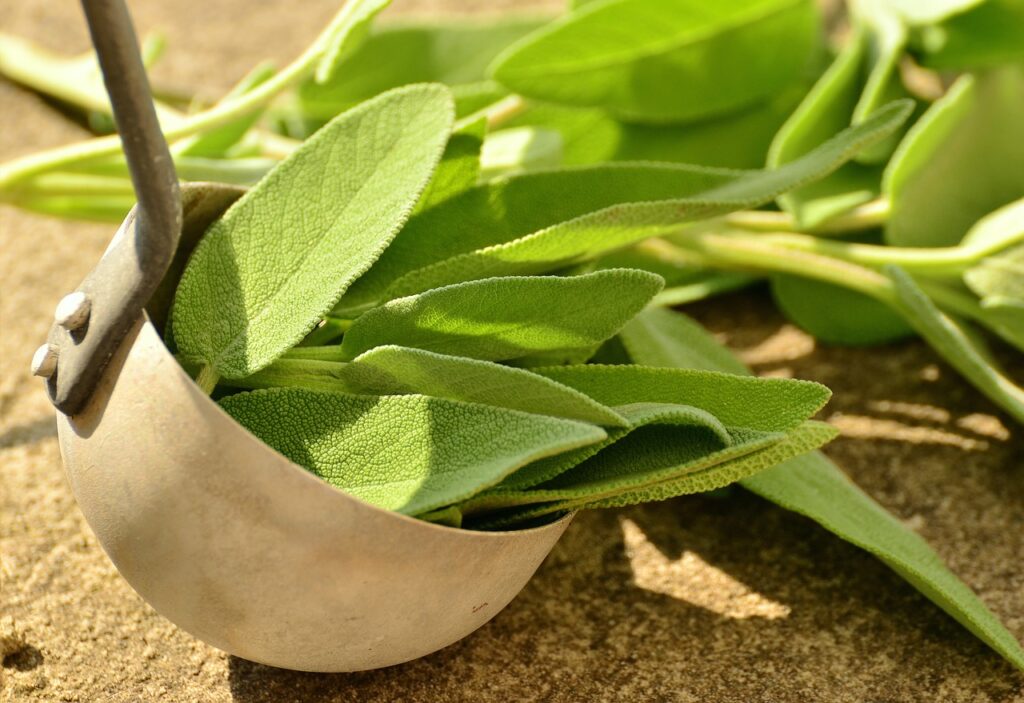
What Can I Use Different Herbs For?
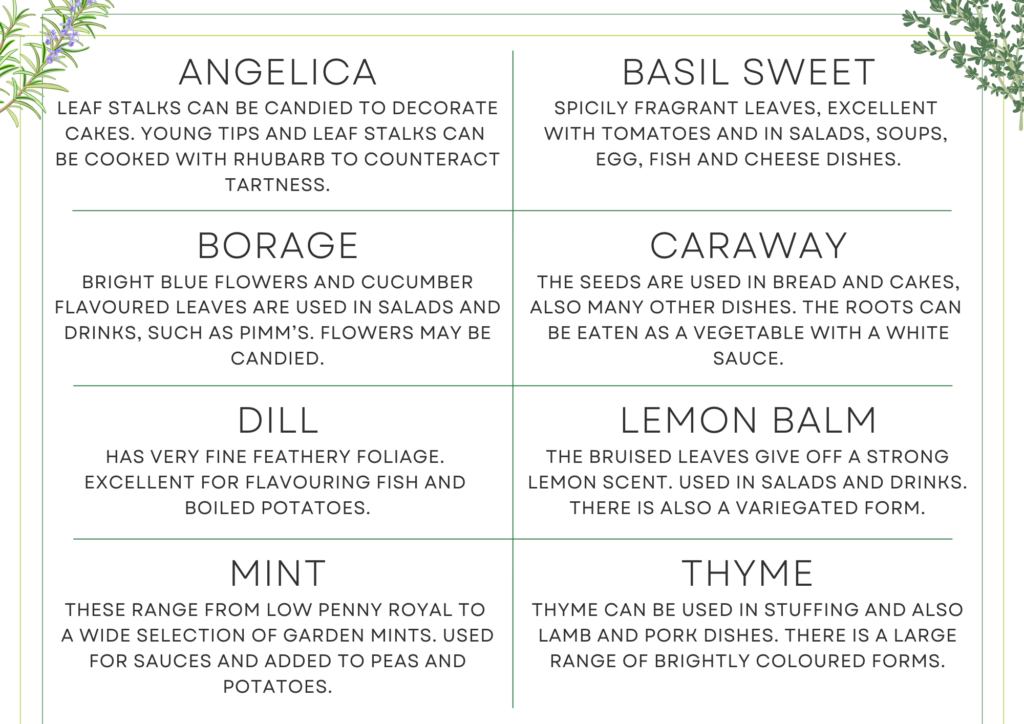
If you found our guide to culinary herbs useful and are looking for more ways to grow your own, click here for our guide to planting your own vegetables.